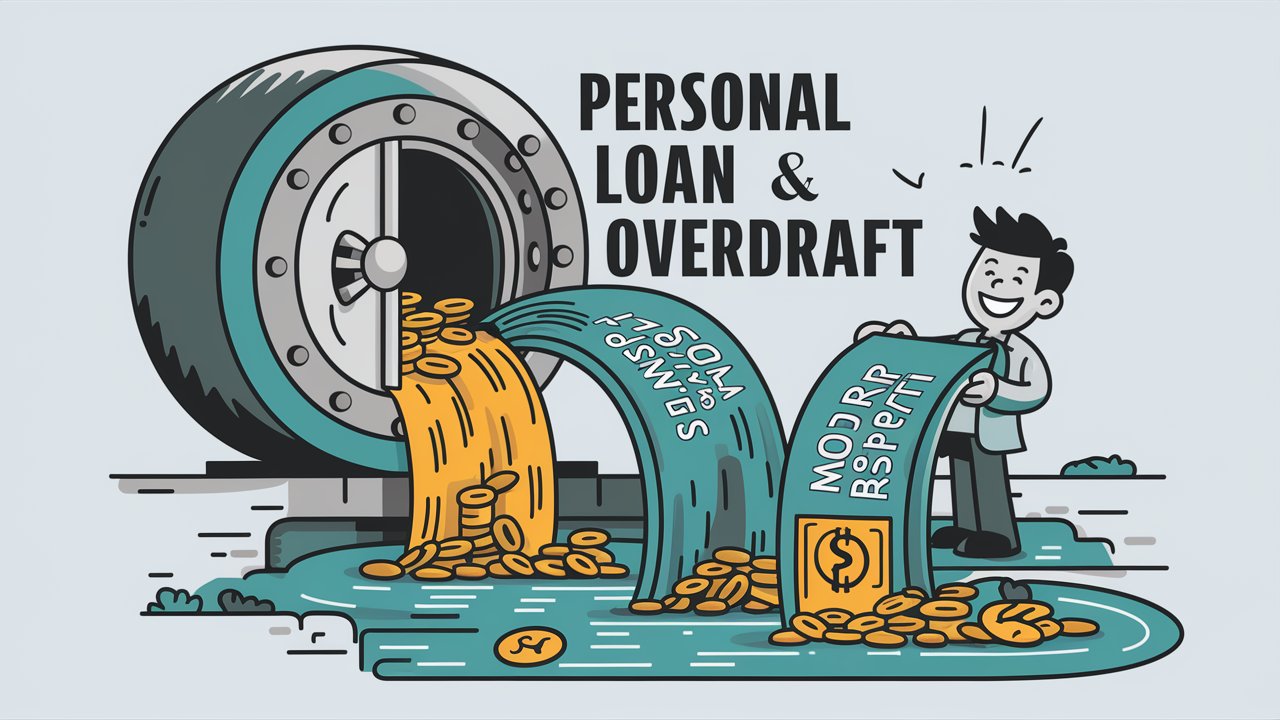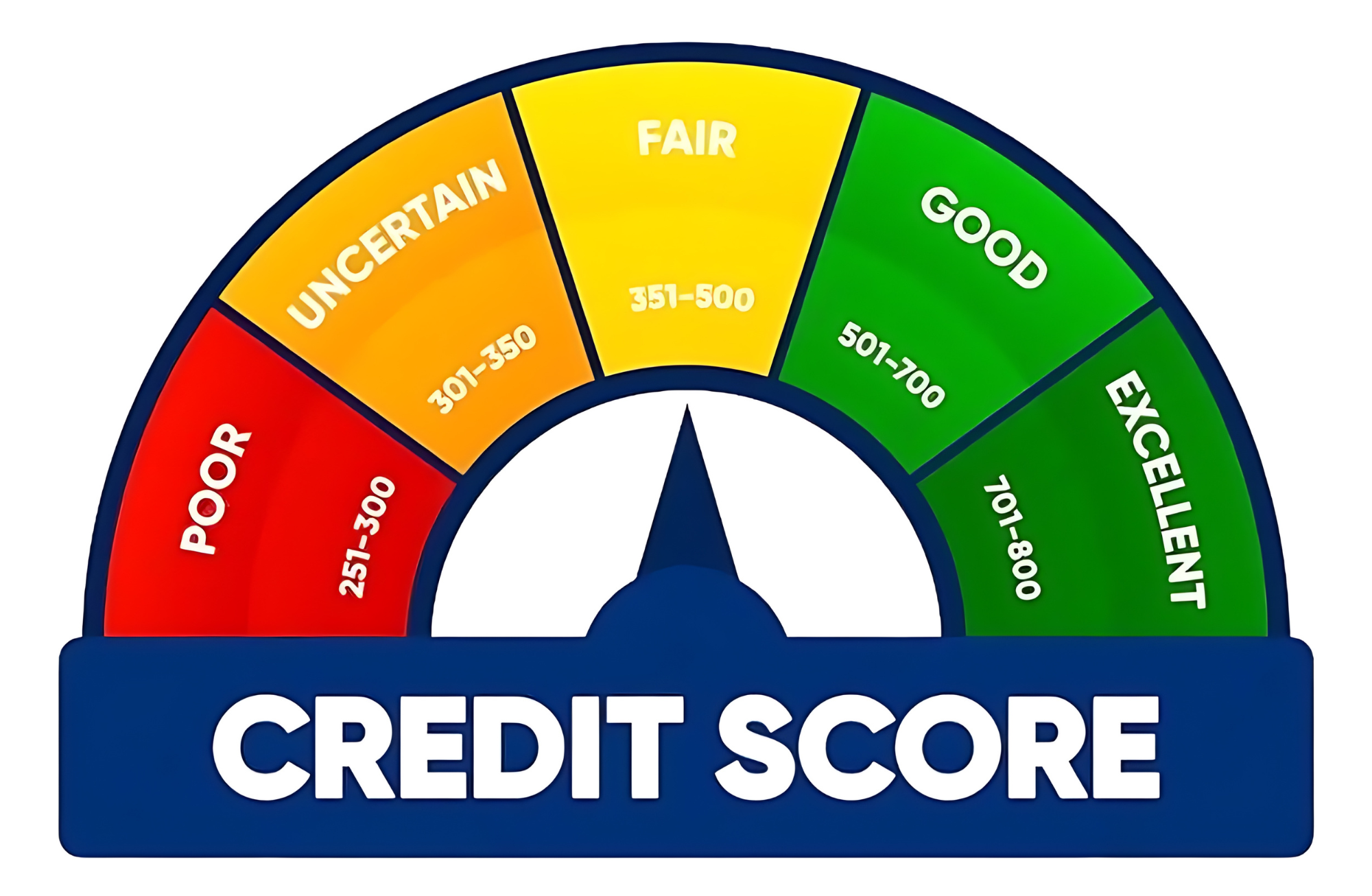Working Hours: Mon - Sat : 10.00 am - 6.00 pm
- info@omkadvisors.com
- +91-11-35006903
Personal Loan vs. Overdraft Facility- Which is Right for You?

In today’s fast-paced world, financial flexibility is a necessity. Whether it’s for unexpected expenses, a planned purchase, or managing cash flow, choosing the right financial product can significantly impact your financial health. Two popular options for accessing quick funds are personal loans and overdraft facilities.
Personal Loan
A personal loan is a type of unsecured loan that you can use for various purposes, such as debt consolidation, home renovations, medical expenses, or even a vacation. The lender provides a lump sum amount, which you repay in fixed monthly installments over a specified period, usually ranging from one to five years.
Overdraft Facility
An overdraft facility is a credit arrangement linked to your bank account, allowing you to withdraw more money than you have up to an approved limit. It is often used for short-term cash flow needs and can be either secured (backed by collateral) or unsecured.
|
Features |
Personal Loan |
Overdraft Facility |
|
Purpose |
Specific purposes (e.g., medical, home renovation, travel). |
Short-term liquidity needs and cash flow management. |
|
Loan Amount |
Fixed and agreed upon at the time of the loan. |
Pre-approved limit, used as needed. |
|
Interest Rate |
Usually fixed, sometimes ROI generally higher as unsecured. |
ROI, charged only on overdrawn amount. |
|
Repayment |
Fixed monthly installments over a set period. |
No fixed schedule repay as funds are available. |
|
Flexibility |
Less flexible, fixed schedule and amount. |
Highly flexible, repay and withdraw as needed within the limit. |
|
Cost |
Processing fees, possible prepayment penalties. |
Annual or monthly fees, interest on overdrawn amount. |
Personal Loan vs Overdraft Facility. Which should Choose?
Choosing between a personal loan and an overdraft depends on your financial needs and preferences. A personal loan is ideal if you require a larger amount of money with predictable monthly payments and a fixed repayment term. It often comes with lower interest rates, making it a cost-effective option for those with good credit. On the other hand, an overdraft provides flexibility and quick access to funds, which is beneficial for short-term or emergency expenses. However, overdrafts typically have higher interest rates and variable terms, which can lead to higher costs if not managed carefully. If you need a substantial amount for a planned expense, a personal loan is usually the better choice. For small, unexpected costs that you can repay quickly, an overdraft might be more suitable.
Conclusion
Both personal loans and overdraft facilities have their advantages and are suited for different situations. If you need a lump sum for a major expense and prefer fixed payments, a personal loan is likely the better option. However, if you need flexible, short-term access to funds and can manage variable interest rates, an overdraft facility might be more suitable.
Always assess your financial situation, borrowing needs, and repayment ability before making a decision. Consulting with a financial advisor can also provide personalized guidance to help you choose the best option for your circumstances.
Remember, borrowing responsibly is key to maintaining your financial health and achieving your financial goals.


